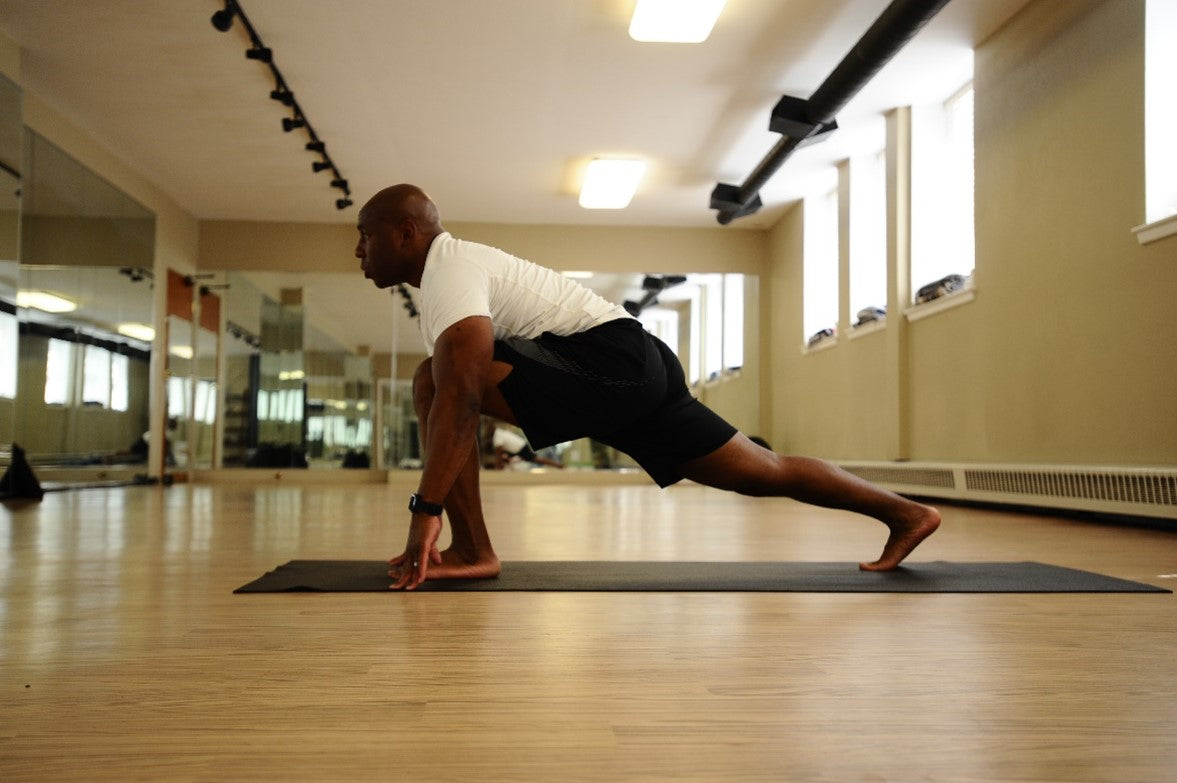
Active Recovery – Your Down Days
Active recovery is essential to your training. If you’re not spending time doing some active recovery, there’s no doubt you’re leaving some results on the fitness room floor – it’s just a matter of how much you’re leaving behind. Regardless of how hard your workout is, the results you are seeking do not come during the actual workout. The results of all training manifest during the time when you are away from your workouts. As a matter of fact, what happens during your workouts is the exact opposite of results realization – workouts are intended to result in microscopic tears and breakdown of muscle. Because of the microscopic tearing that is a byproduct of weight training, your muscles are not as healthy or strong immediately after your workout as they were going in to it. So the question becomes, how do we regain, and increase the strength and health of those muscles. Put another way, how do we set ourselves up to maximize the benefits of training. The answer: Active Recovery.
So, what is active recovery? Simply stated, active recovery is low-intensity exercise that stimulates blood flow to muscles to help repair muscle fibers. Is repairing your muscles possible without active recovery – of course – but working in active recovery routines into your workouts will help you see better results, faster. For many people (gym rats included), recovery is often thought of as a day / time when you are doing as little as possible – “taking a day off” – which involves being as far away from a workout as we can get. In theory, it sounds like the perfect plan – taking the day off after a hard workout that has left you super sore and feeling every muscle you worked the day before. In reality, however, by taking the day off you’re actually slowing down your recovery, possibly even creating a situation where you’re returning to your workouts having not fully recovered from the previous day(s) of training. <Insert the domino effect here> While passive recovery (a day of complete relaxation without any physical activity) might feel good to your body, sometimes taking a more active approach would be the best way to boost your recovery.
So, what does active recovery look like? At its most basic level, active recovery is simply a light workout. You want to be active enough to increase blood flow, but gentle enough to allow your muscles (and soft connective tissue) time and room to heal. Think of it as a mental break from the grind of your training.
Active recovery can take place in between sets, exercises, or workouts (from one day to the next). Check out this 40-minute cardio based active recovery workout:
Walk for 5 min (start slow, work up to a pace) TIP: As the weather is warming up, get outdoors…
Hold a steady pace for 20 minutes (make sure you can hold a conversation the entire time. If you can’t, slow the pace down)
Slow the walk down for the last 5 minutes until you come to a gradual stop
Once you’re done with this low-intensity cardio effort, find some space and stretch out your lower body.
These active recovery sessions are also an ideal time to work on your breathing. The goal of your active recovery workouts is to leave the session feeling refreshed, with less discomfort from the soreness that came from your hard-hitting previous training and energized so that you are ready for your next workout. These workouts aren’t a “cop out” but just another form of beneficial, and necessary, training. And trust me, once you start incorporating active recovery work into your training, you’ll start to notice the difference in your recovery times and more importantly, more results (across the board) from your training efforts.
Sign up for our In The Lab newsletter to get more training tips, program offers, and a wealth of information on how to “Go Beyond Your Limits”!